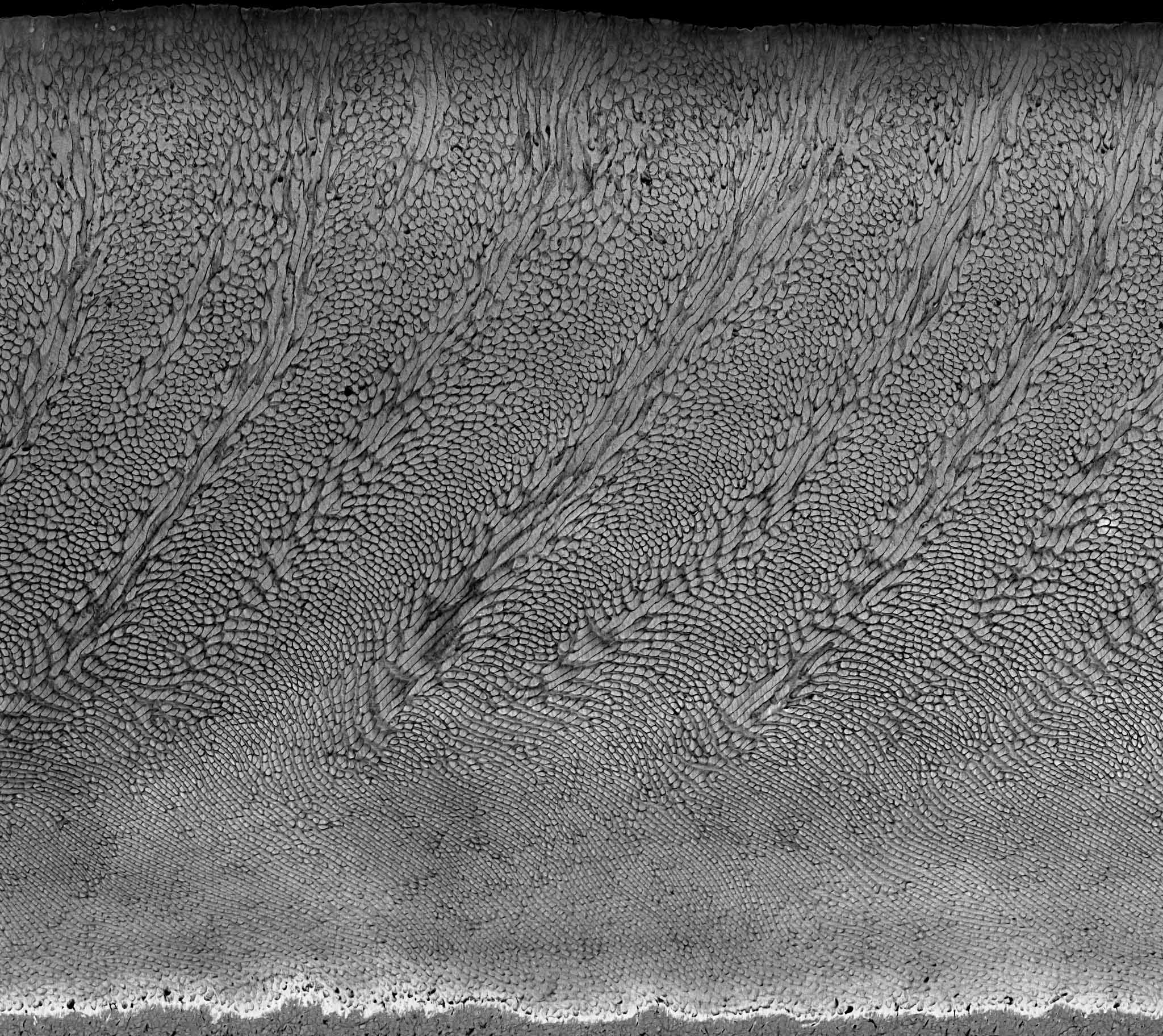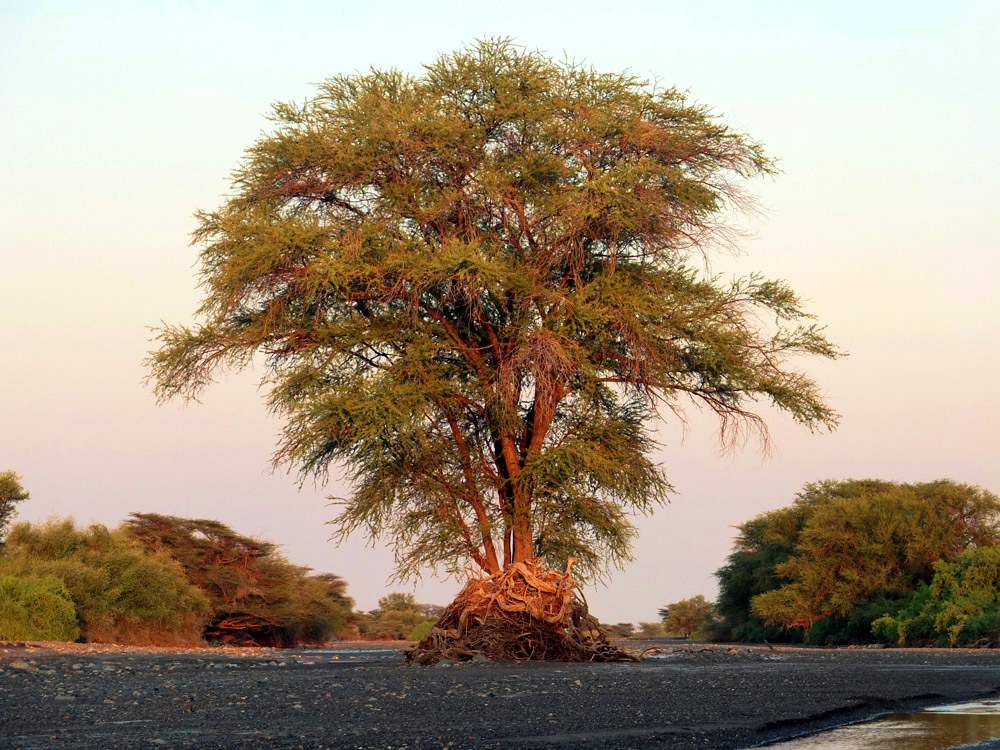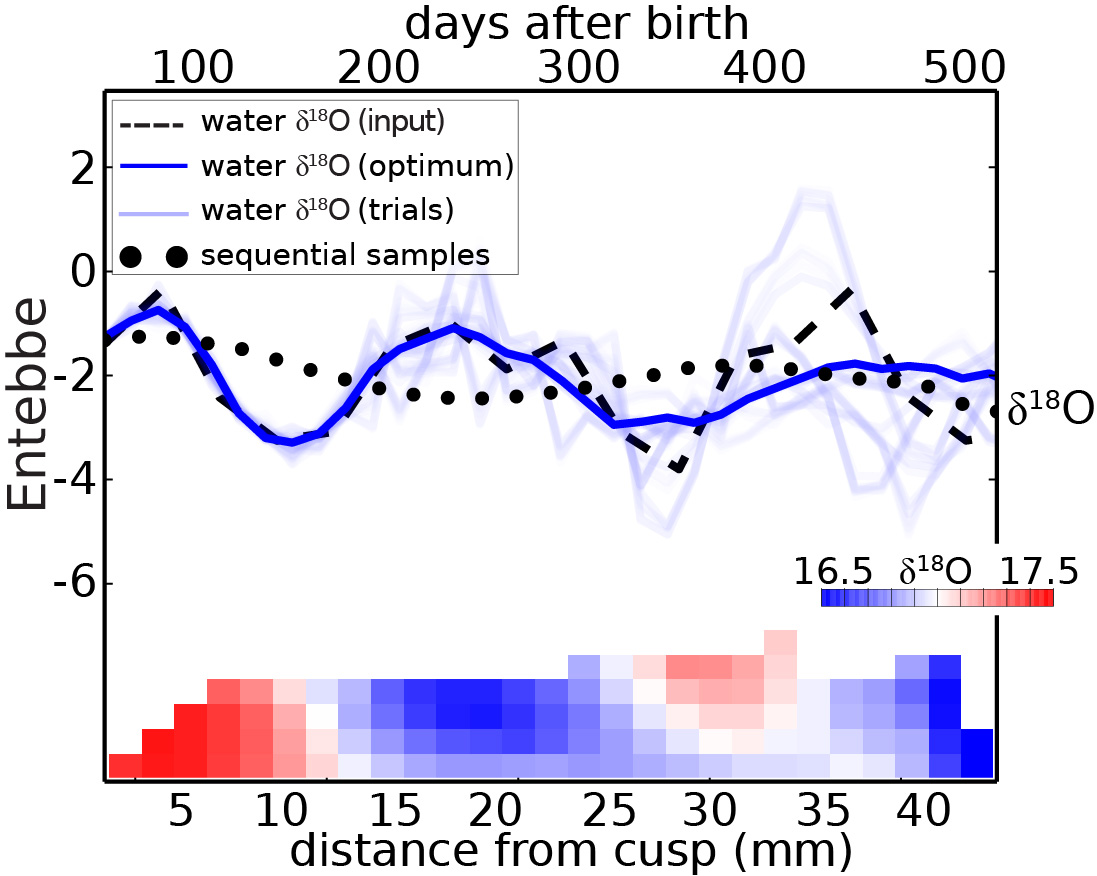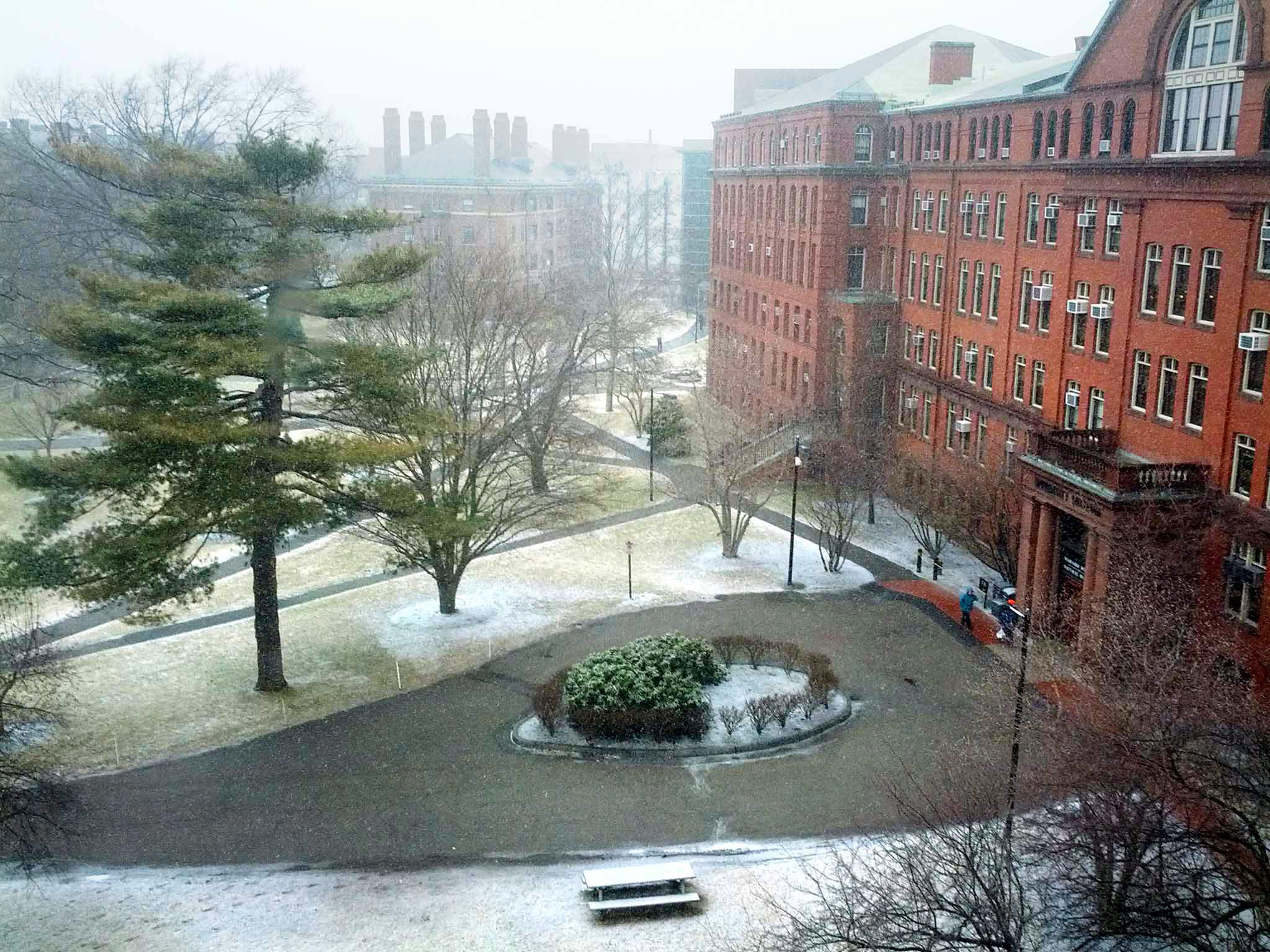I'm the Kenya Field Program Director in the Faculty of Arts and Sciences and a Permanent Lecturer in the Department of Human Evolutionary Biology at Harvard University. I investigate how past environments have shaped human and primate behavior and evolution over time, using a combination of tools including biogeochemistry and paleontology. My broader interests include the relationship between climate and evolution on a variety of scales, with a particular focus on human ancestors in Africa. I am particularly passionate about sharing evolutionary science with students, and an important component of my work is teaching ecology and evolution to Kenyan and American students in Kenya.
Teeth open extraordinary windows into past worlds because their structure and chemistry record intimate details of our daily lives, and because they may remain chemically stable even millions of years after death, burial, and fossilization. As a postdoctoral researcher at the Forsyth Institute in Cambridge I studied the genetics and proteomics of tooth formation, and tools by which teeth can be turned into diagnostic indicators of childhood exposure to pollutants, including lead in the teeth of Pleistocene Neanderthal children. My earlier doctoral work found that teeth can record detailed meteorological events in the world around us including individual snow storms, through combining a number of approaches including large animal experimentation, synchrotron imaging, isotope geochemistry, and machine learning.
My current research seeks to investigate climate-evolution dynamics on longer timescales in Africa, by investigating seasonal environments and ecology throughout the Cenozoic. This includes work alongside the Turkana Miocene Project, an interdisciplinary and international collaboration aimed at pushing paleoenvironmental reconstructions back into the Miocene and Oligocene of eastern Africa. I am also engaged in multiple projects to better understand the seasonal ecology of primates in equatorial Africa. These include a collaborative, large-scale water monitoring program stretching from Senegal to Tanzania, and a collaborative initiative to map seasonal records in primate teeth from modern and ancient settings.
In my work I am especially motivated by education and mentorship, and have been very fortunate to have worked with many truly excellent undergraduate and graduate student scientists-in-training, including at Harvard, at the Forsyth, at Columbia, and in Kenya.
Laboratory methods

My work employs a variety of methods to study biomineralization, including work with animal models, confocal microscopy and computed tomography, stable light isotope geochemistry, proteomics, genetics, and machine learning.
Fossil collection

My research involves collaboration with field teams and museums, sampling paleontological materials from field sites in order to reconstruct past environmental and behavioral patterns.
Computational modeling

Interpreting the large datasets produced by modern methods in biology requires computational tools and modeling. In my work I use physiological models, optimization routines, and machine learning tools to learn more about processes of growth, behavior, and environment change.
Teaching and mentoring

I've taught multiple human evolution classes and environmental chemistry classes at the undergraduate and graduate level, in the lab, classroom, and in the field, in the United States and in Kenta. At Harvard I've lived and worked with students as a resident tutor, providing support for funding and scientific education.
My C.V.
For a more detailed record of my research, publications, funding and presentations.